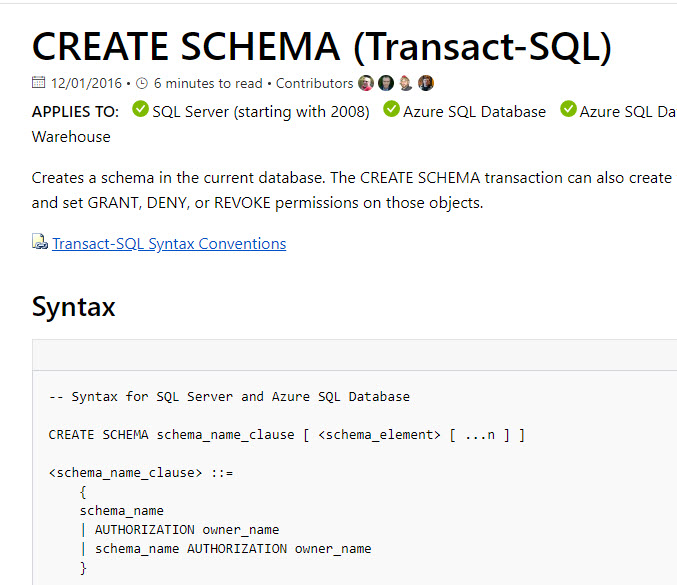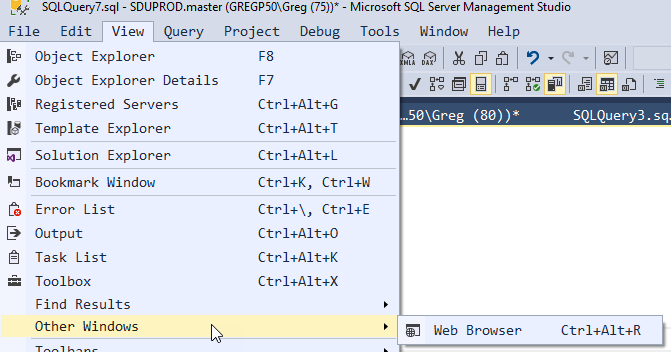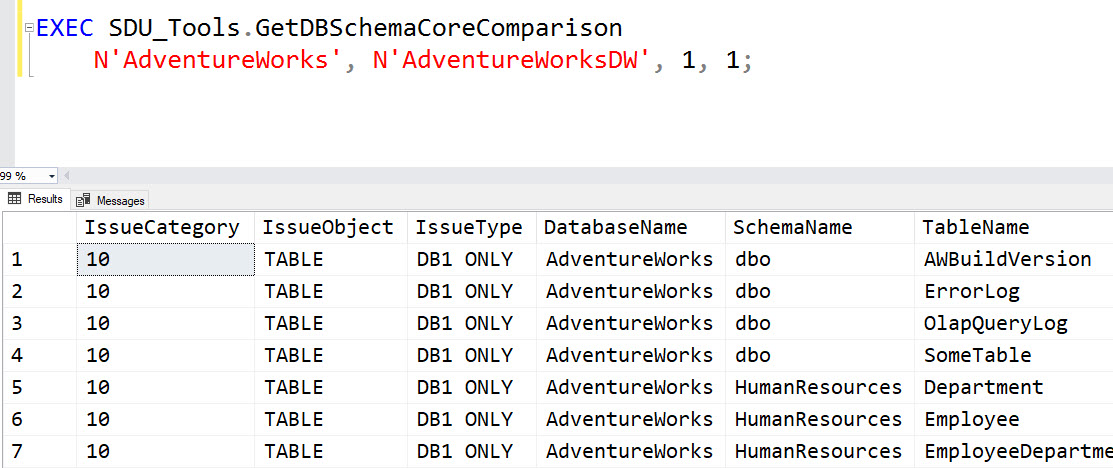
Book Review: The Rosie Project : A Novel - by Graeme Simsion
One of my continuing projects is to run a series of podcasts with people that I think are interesting in some way, from the data community. I tend to do them in bursts, normally when there’s a new version of SQL Server coming. (I’m about to publish a series of SQL Server 2019 podcasts). One person that I interviewed early on though was Graeme Simsion. You can find the podcast here. It was show 10 back in December 2005. Graeme was a well-known Data Modeler.
2018-09-14








